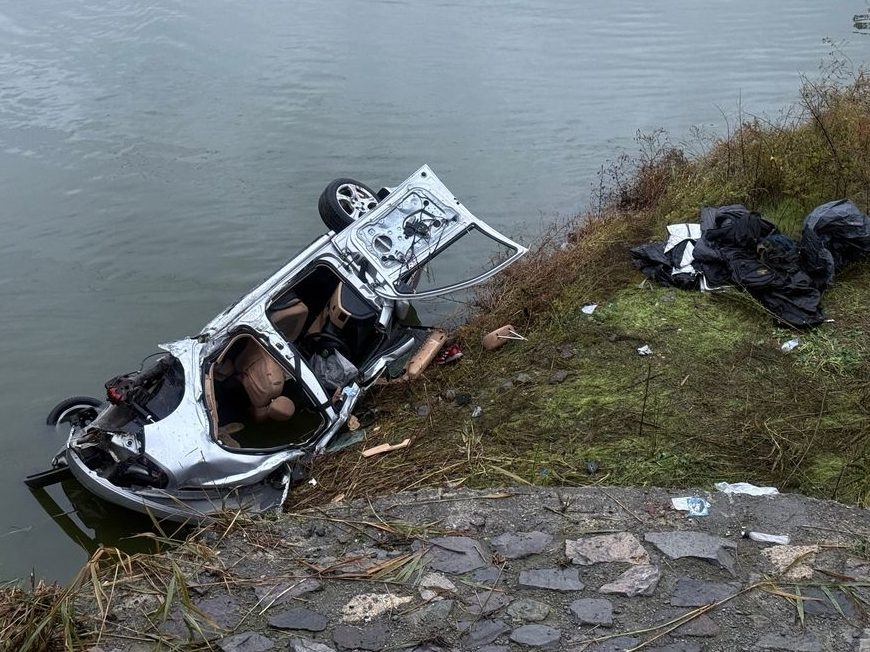The night air near Englewood, British Columbia, cracked with the sound of gunfire – a brutal punctuation mark to a desperate legal battle. But even more chilling than the shots themselves were the screams, the horrified cries of onlookers witnessing a scene they could scarcely believe: a mass culling of ostriches.
Independent journalist Chris Dacey, on the scene, described a relentless barrage. “I heard more than 100 shots,” he recounted, “Floodlights blazed, pushing everyone back, but the sound carried – a constant, sickening rhythm across the highway.” The cull began just hours after the Supreme Court of Canada refused to intervene, sealing the fate of over 350 birds.
Workers in hazmat suits had earlier herded the ostriches into a confined area, a space now grimly referred to as a “kill box.” Then, under the cover of darkness, the shooting began. The RCMP arrived soon after, not to maintain order, but seemingly to escalate the tension, their presence adding to the growing sense of dread.

Despite requests for comment, both the RCMP and the Canadian Food Inspection Agency remained silent, offering no explanation for the unfolding tragedy. Yet, the faces of the officers spoke volumes – a grim acknowledgment of the darkness consuming the night. Witnesses described the sounds as rifle shots echoing through the valley.
For hours, the gunfire continued, punctuated by the relentless rain. Hundreds of rounds ripped through the night, unseen by the horrified crowd gathered nearby. Then, as suddenly as it began, the shooting stopped, leaving an unsettling silence and a haunting question: were they all gone?
Dacey, a veteran journalist, called the ordeal the most disturbing experience of his career. “It’s surreal,” he said, his voice heavy with emotion. “All night, the valley echoed with gunfire and the bloodcurdling screams of people witnessing this horror.” Some, overwhelmed, fled the scene, while others remained, bracing themselves for the grim aftermath.

The core of the dispute – whether the ostriches carried avian flu or had developed immunity – felt tragically irrelevant in the face of such finality. Repeated offers to test the birds, to find an alternative to mass slaughter, had been dismissed. Now, those tests were desperately needed, the results demanded by a public grappling with the implications of this drastic action.
Karen Espersen, co-owner of the farm, pleaded with the RCMP, her voice raw with desperation. “Those are healthy birds,” she insisted, “You are murderers.” She and others had proposed solutions – testing, relocation – anything to avoid this outcome. But the government remained resolute, unwilling to explore alternatives.
The situation evoked the rigid, uncompromising approach seen during the recent pandemic, a refusal to consider nuance or alternative solutions. This time, however, the coldness of the decision was met with fierce resistance from those who loved these animals and believed they held valuable potential for research.
For weeks, Dacey had documented the preparations – the arrival of specialized containers, the construction of platforms, the presence of unusual vehicles. Everyone knew, once the legal avenues were exhausted, this moment would come. Now, as the last shots faded, a chilling realization settled over the crowd: the era of the ostrich in this valley might be over.





